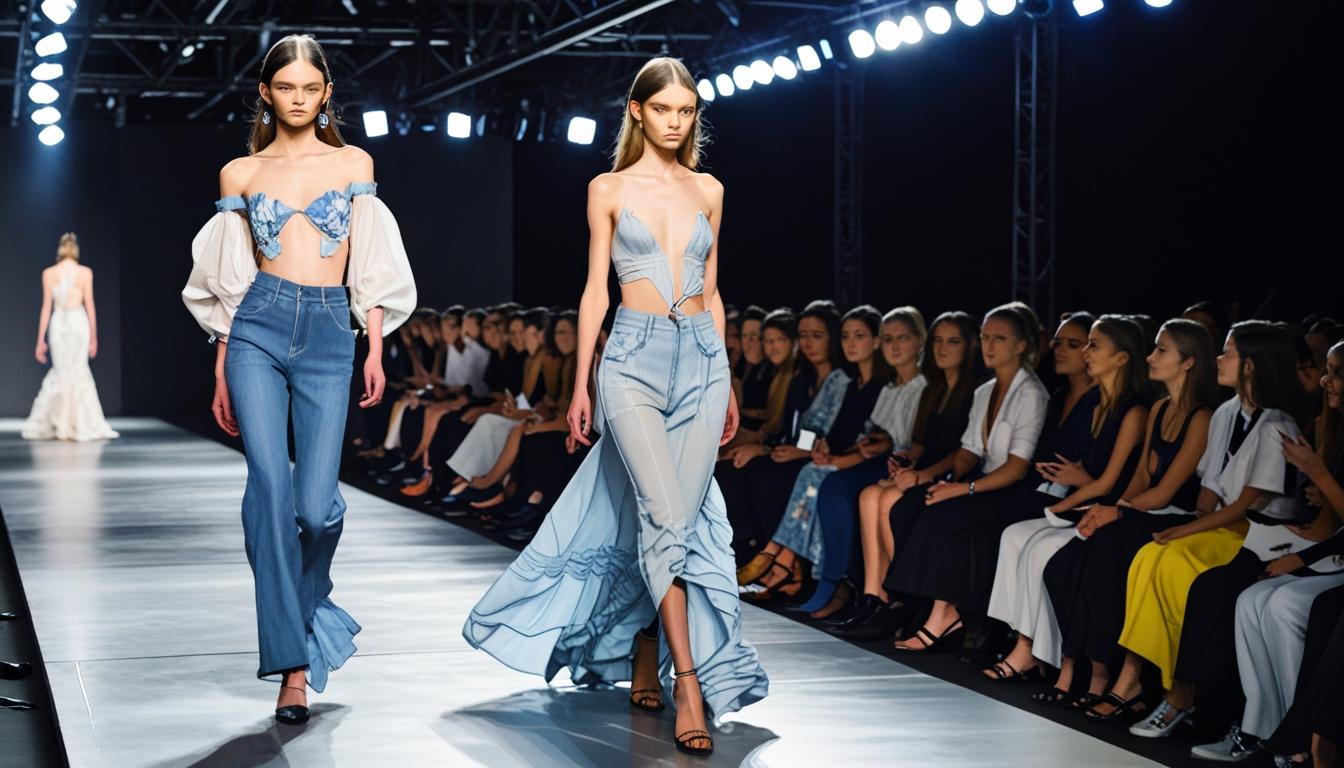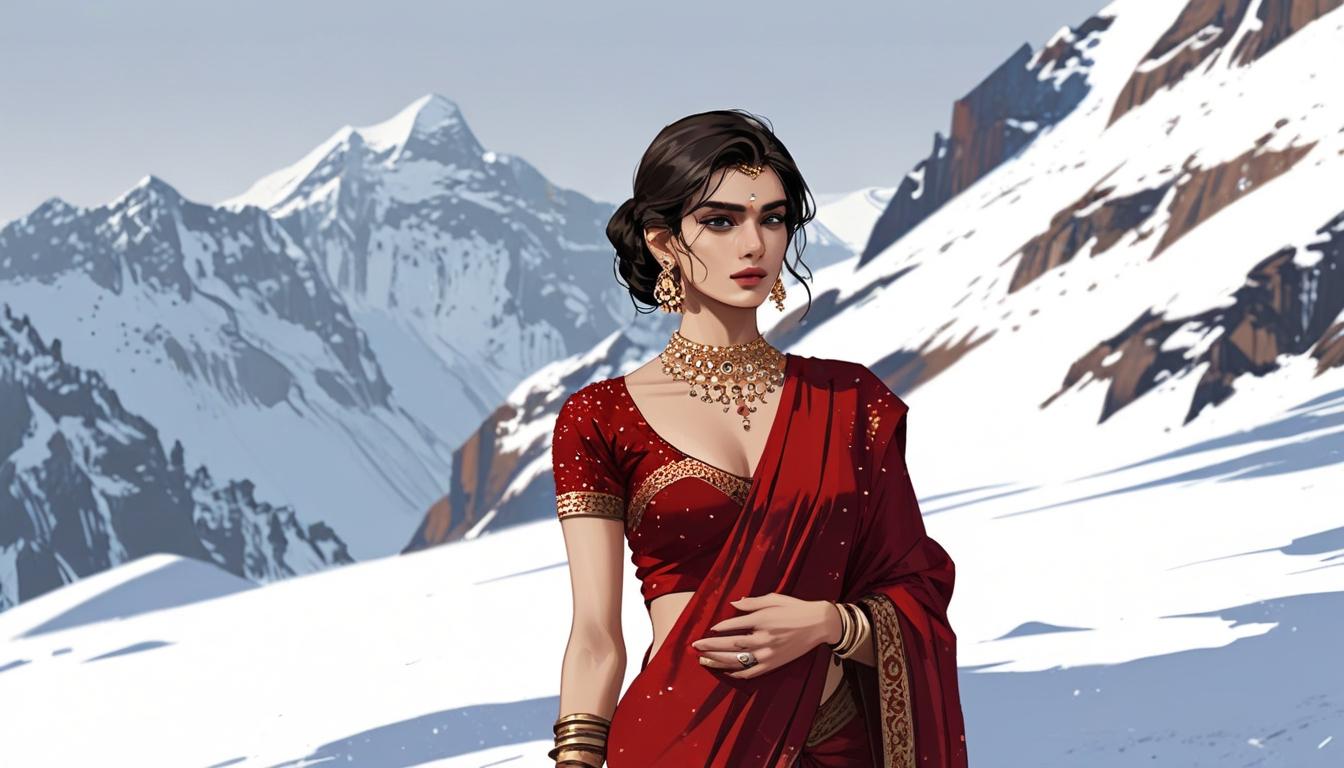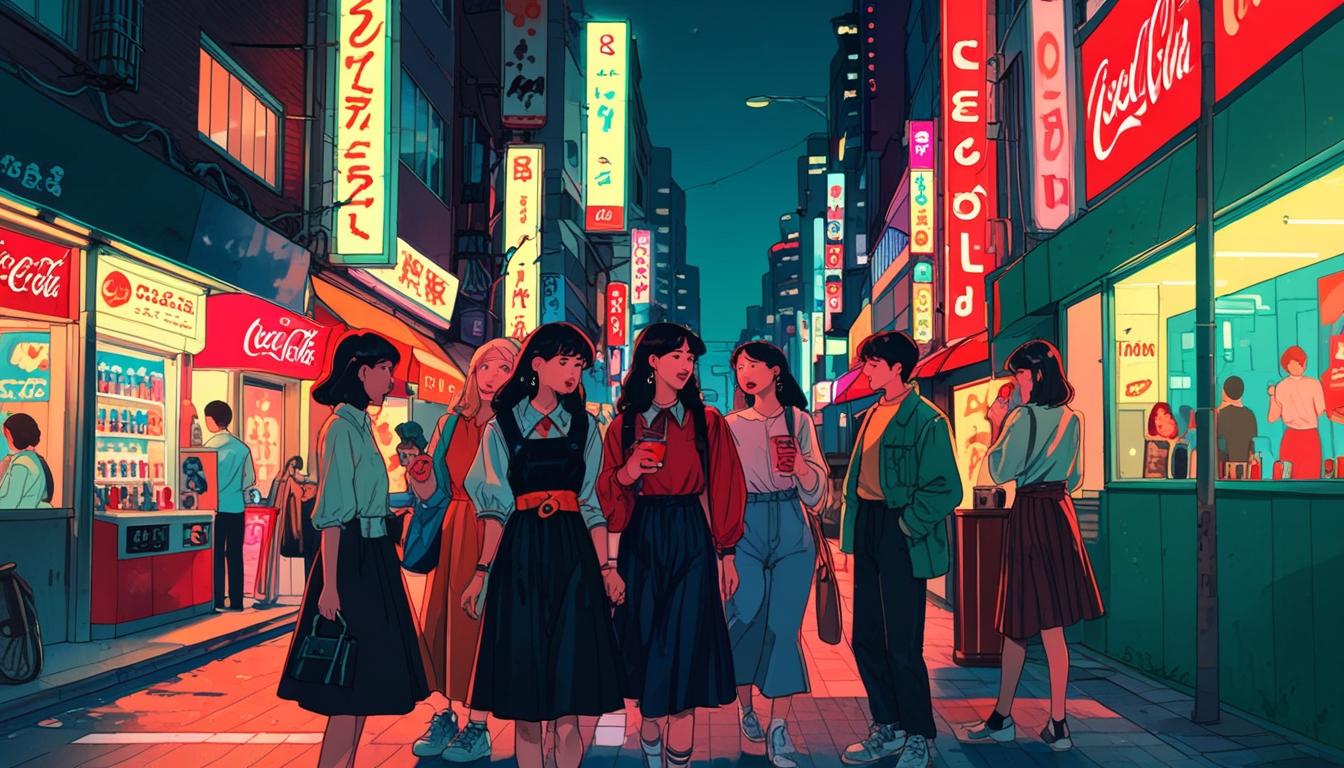The recent Moscow Fashion Week highlighted diverse collections from both established and emerging designers, showcasing a blend of haute couture, cultural themes, and innovative materials.
The Moscow Fashion Week concluded on March 18, showcasing a diverse range of collections that emphasized elements of haute couture, ethnic influences, and denim wear. Among the significant highlights were contributions from emerging designers, particularly students from various universities, with the support of prominent figures in the fashion industry, including Slava Zaitsev.
One notable collection, titled “Manufaktura,” designed by Maria Kabatova, drew inspiration from historical industrial contexts and upcycling techniques, transforming old garments into new creations. The silhouettes evoke images from archival photographs of factory workers in Ivanovo-Voznesensk, reimagined through a lens of deconstruction. Jackets are meticulously taken apart and reconstructed, incorporating elements made from unbleached fabric.
Dar’ya Soldatenkova’s collection, “The Chintz Path,” interprets materials from the Ivanovo Chintz Museum, featuring designs that evoke imagery of wheat ears, peacock feathers, pomegranates, and snakes. Her vision includes soft drapery and frills that hint at romanticism, while the use of color and patterns reflects the influence of Russian avant-garde art from the early 20th century. Another of her collections, “Conversation with Oneself,” draws inspiration from Viktor Tsoi’s sketches of red figures, retro aesthetics from the 1980s, and urban styles, merging contrasting materials and colors to create a collage that embodies a rebellious spirit.
Particular attention was focused on two collections by young designers: “Testament” by Tatyana Fedorova and “Nocturne” by Irina Mosaleva. Fedorova’s work transforms canvases from the academic painting tradition into prints for outerwear, featuring mythical and biblical themes on coats, accented with gold to symbolize divine presence. In her remarks, Fedorova stated, “I used Renaissance paintings… and I think this theme is very relevant in contemporary fashion.” Her collection is aimed primarily at a younger audience, though she expressed surprise if it also attracts older consumers.
Equally compelling, Mosaleva’s collection “Nocturne” plays with dramatic volumes and contrasting geometries, a nod to the works of esteemed Russian fashion designers like Vyacheslav Zaitsev and Valentin Yudashkin. “Each look features strict geometry and expressive drapery, creating a visual symphony of forms,” Mosaleva explained. Her pieces, intended for grand evening wear or red-carpet appearances, demonstrate a bold sense of fashion, including designs like a blue dress accompanied by a shell, which she notes can be challenging yet striking.
In addition to central Russian designers, the event also showcased national brands such as Bouzma etnique, which reflected the beauty of Dagestani folklore in its collection. This collection featured captivative female silhouettes adorned with designer elements, engravings on cinched belts, and a blend of lightweight capes and warm ponchos, all highlighting the richness of Dagestani culture.
Denim took a surprising turn with the “Celebration” collection from the Rishi brand, which proposed denim as a viable option for evening attire. Designer Margarita Reznikova emphasized the idea that denim can transcend casual wear, incorporating lace details on tulle and patchwork designs that offer an extravagant yet comfortable alternative. “The main trend of this collection is denim lace sewn onto tulle,” Reznikova explained. She elaborated on her brand’s commitment to sustainability through the use of upcycled materials, stating, “We create products from discarded jeans and shirts, doing our bit to save the planet.”
As an innovator in the denim sphere, Reznikova cited the growing demand for repurposed jeans, highlighting their durability and aesthetic appeal. “Denim is one of the most durable materials, it can exist for up to 50 years,” she noted while discussing the evolving trends within the fabric’s use.
Moscow Fashion Week continues to serve as a platform for creative expressions, pushing the boundaries of design and sustainability while celebrating cultural influences and the talent of emerging designers.
Source: Noah Wire Services




